Snake in the grass - Critical shortage of antivenom
Rustenburg – Over the past week, the Platinum Weekly was notified about three incidents where people had a close encounter with snakes.
In a span of about 20 minutes, one of our readers encountered a full-grown puff adder and a Mozambican spitting cobra at her back door.
As humans expand their territory, they start moving into the territory of other species. Inevitably, snakes will end up in yards and houses on smallholdings and the suburbs – a thought that makes most people a bit uncomfortable.
Regardless of how you feel about snakes, what is truly worrisome is the fact that there is a critical shortage of antivenom, should your snake encounter end up in a bite.
South African Vaccine Producers (SAVP) are the only manufacturers of antivenom in South Africa. African Snakebite Institute’s Johan Marais said that no stock is available from the manufacturers…
There is enough antivenom for emergencies only. Now that hospitals can’t keep stock on hand, they will have to order from the SAVP and wait for it to arrive – when they encounter an emergency.
“Polyvalent antivenom, which costs just under R2,000 per vial, covers the venom of mambas, most cobras, the rinkhals, puff adder and gaboon adder. Black mamba victims are usually started off with 12 vials but may require as many as 20 vials,” Marais said. This is also troublesome for vets that have to treat animals that are bitten by snakes.
The Platinum Weekly spoke to the SAVP about the antivenom shortage. They said that they are currently performing mandatory Good Manufacturing Practice validations and that routine production will commence once these validations are completed.
The African Snakebite Institute’s website explains the intricate process of making antivenom. The snake venom used to make the antivenom is sourced from individuals and companies locally and elsewhere in Africa.
The SAVP make antivenom by hyper immunising horses, a process that takes around nine months during which small quantities of snake venom are injected into horses, not enough to harm the horse, but enough to trigger its immune system. The amount of venom injected is gradually increased as the horse becomes more resistant to the venom.
Once immune, blood is drawn from the horse at two-month intervals and the serum is removed from the blood, the latter is returned to the horse and the serum purified. It is bottled in 10ml vials in liquid form.
Puff adders and Mozambican spitting cobras are two snake species that are commonly found in our region.
A puff adder relies on its excellent camouflage. It gets its name from the way it inflates itself and hisses when threatened. Consider the hissing sound of a puff adder as a warning.
It has one of the fastest strikes of all snakes. Their venom is potently cytotoxic, causing severe pain, swelling, blistering and in many cases severe tissue damage. Polyvalent antivenom is effective and should be administered immediately.
If you encounter a snake, contact P.D.I. Wildlife Rescue on:
Debbie van den Berg
066 439 0831
Attie Koekemoer 083 236 2405
Pieter Kruger
082 843 8465
Mozambican spitting cobra
The Mozambiqan spitting cobra is fairly common and classified as very dangerous. Being spitting cobras, these snakes are able to project their venom at a distance of about 2 meters.
The venom of a Mozambique spitting cobra is cytotoxic, meaning those who are bitten experience tissue damage, accompanied by pain. However, a more serious condition arises if their venom comes into contact with a person’s eyes as it can lead to blindness.
Environmental conditions like rain and warm weather increase snake activity. The phase of the moon, barometric pressure and prey and mate abundance also influence their activity.
#FosteringASenseOfCommunity







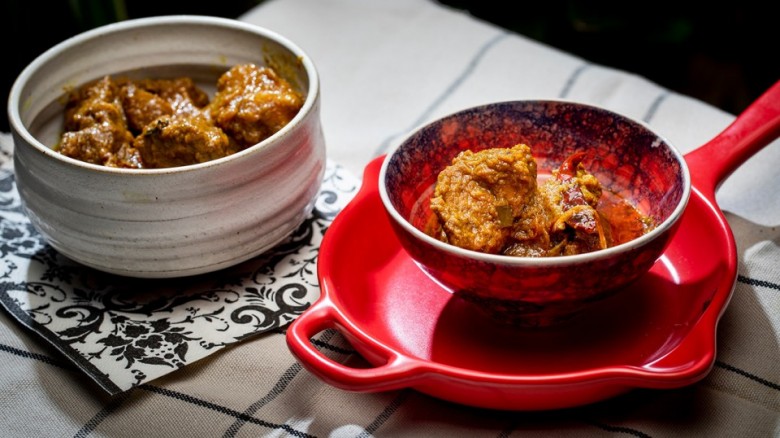
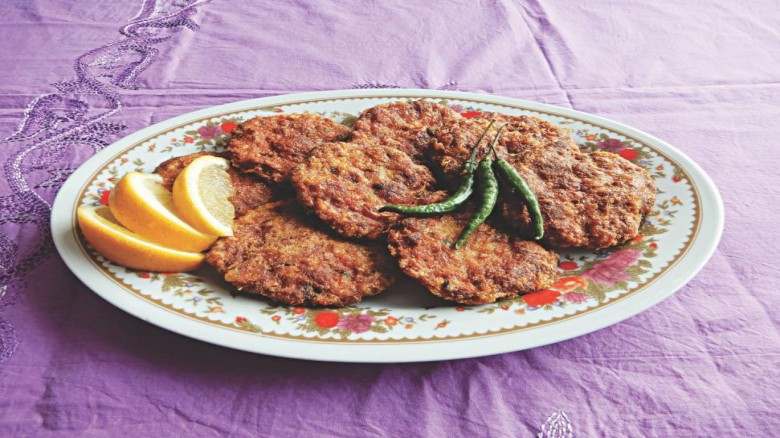
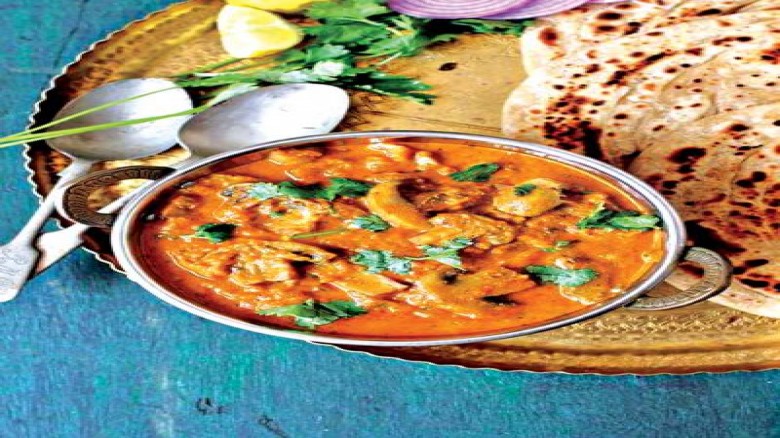
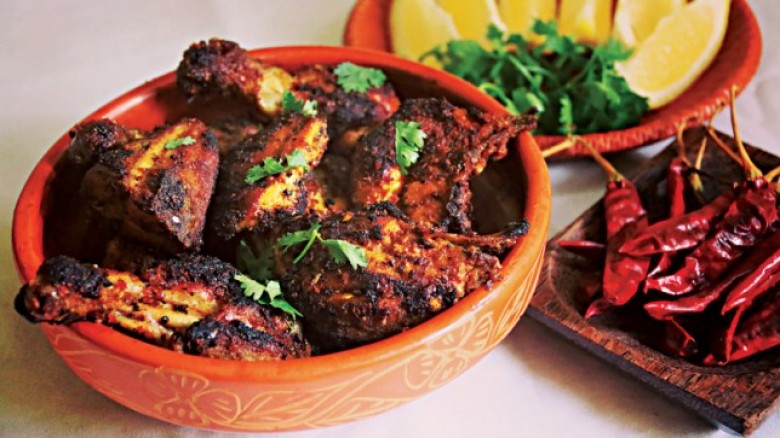
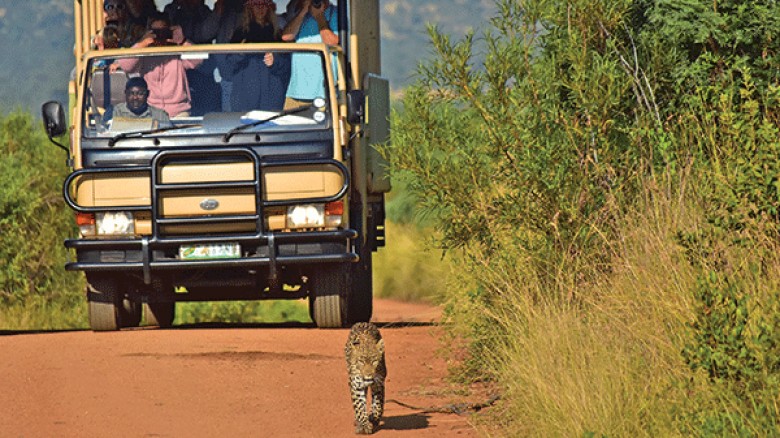


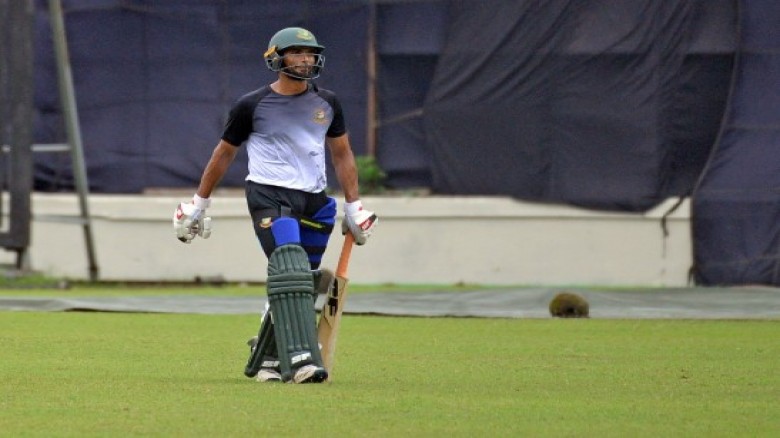





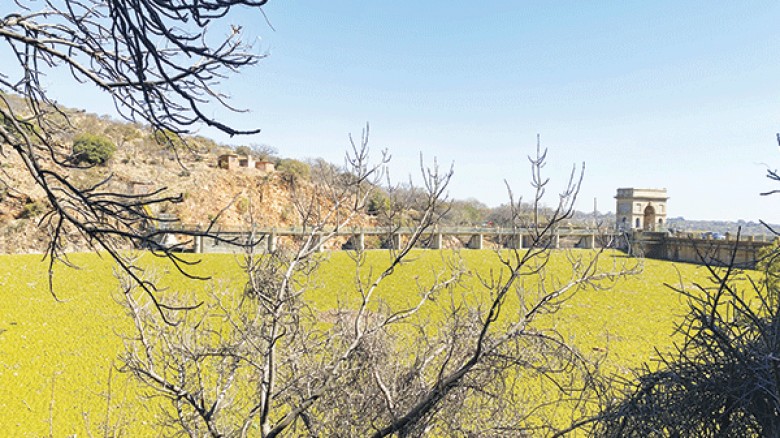
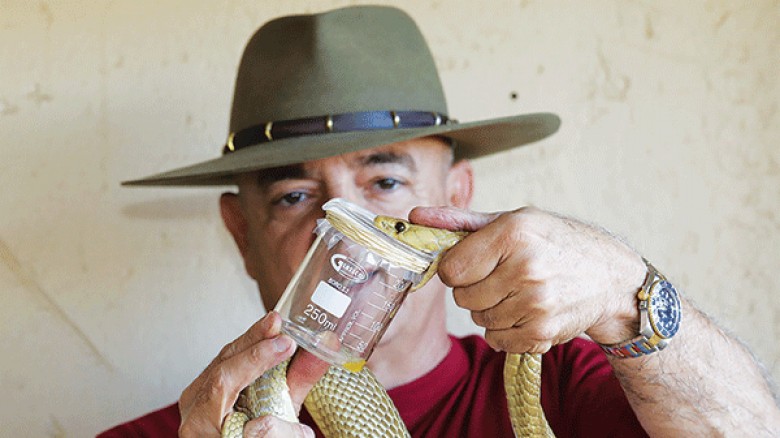
Leave A Comment